Biceps load test of shoulder
Purpose of the Biceps load test: How to perform this Biceps load test? The procedure to test: Interpretation of this Biceps load test: Diagnostic Properties of this Biceps load test:
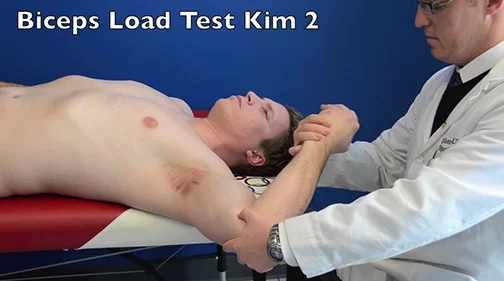
Purpose of the Biceps load test: How to perform this Biceps load test? The procedure to test: Interpretation of this Biceps load test: Diagnostic Properties of this Biceps load test:
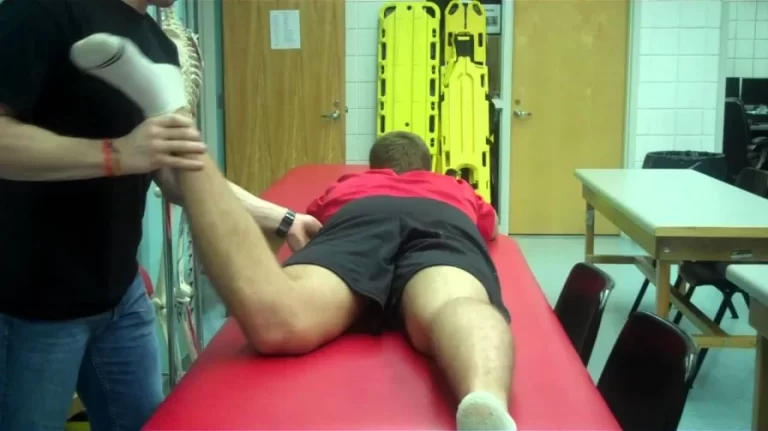
Purpose of Craig’s test : The technique of Craig’s test : Patient position for test : Therapist position for test : The procedure of this test : Interpretation of Craig’s test : Position Angle Other thing Normal 30 degrees 8-15 degrees At birth In adults Increased anteversion angle Angle >15 degrees Leads to pigeon-toed walking…
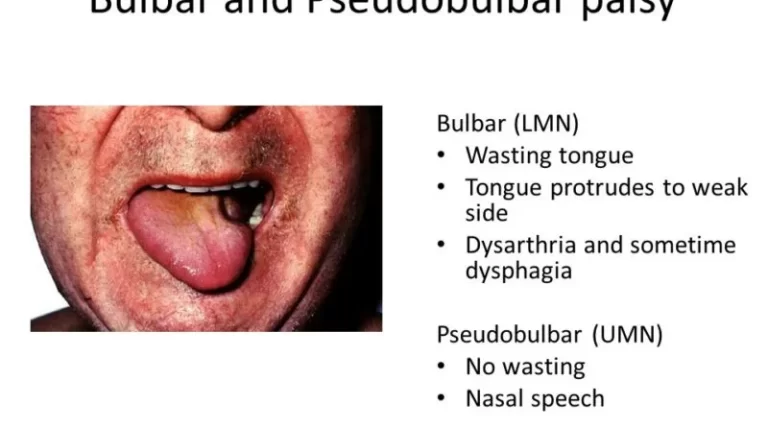
What is Pseudobulbar Palsy? Pseudobulbar palsy is a form of upper motor neuron disease in which bulbar innervated muscles are affected. This palsy is caused by bilateral supranuclear lesions involving the corticobulbar pathways. Most common types of bulbar palsy are progressive bulbar palsy (PBP) and pseudobulbar palsy. Most common symptoms are dysphagia, nasal regurgitation, choking,…

Biceps curls dumbbells Exercise are the Best option to strengthen the Elbow flexor’s mainly Biceps muscles you can do this at home if you have pair of dumbbells. Biceps curls dumbbells is a simple Home exercise that powers the biceps muscles which are located on the front of your arms. Doing dumbbell Biceps curls is…
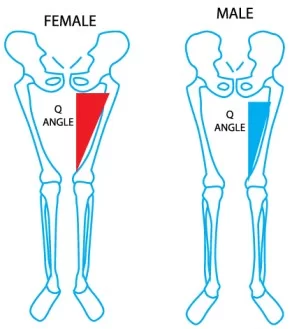
Background of to patellofemoral angle : Patellofemoral angle is formed between to : Normal Values of to patellofemoral angle : Position of knee Q angle in women Q angle in men Straight 18′ 13 ‘ In extension < 22′ < 18 ‘ In 90 degrees of flexion < 9′ < 8 ‘ Normal Values of…
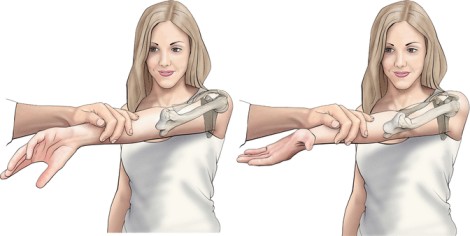
It is also known as to active compression test. This test is checked to labral tears. Injuries of to labrum tear are relatively common in athletes where to labrum plays a key role in glenohumeral instability. Into young, the tensile strength of to labrum is less than to capsule so it is more prone to…

What is biceps curls exercise? This exercise also known as arm curls and dumbbell curls. It mainly improve power of your biceps brachii muscles. This exercise highly recognized weight training exercise for upper limb. It is excellent exercise for your upper limb strengthening . It mainly done with a barbell, dumbbell, resistance band,kettlebells, or other…
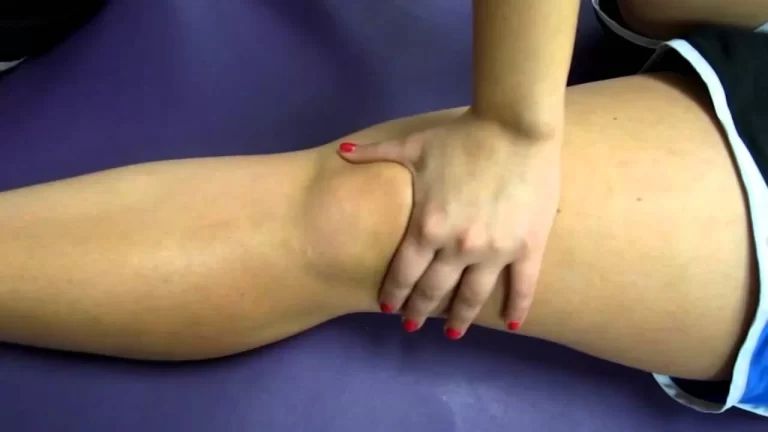
Purpose of this test : What is Technique of this test? Alternative Method of this test? Precaution of this test : Sensitiser of this test : Evidence of this test :
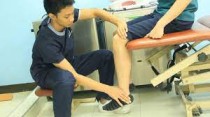
Patellofemoral dysfunction or PFPS is implies to some pathological affecting to patellofemoral joint. This pathology is result of bio-mechanical factors or pathophysiological processes or loss of tissue homeostatic resulting in synovitis & inflamed fat pad . In this situation patient feel to pain during of climbing or descending stairs, stepping up or down with to…
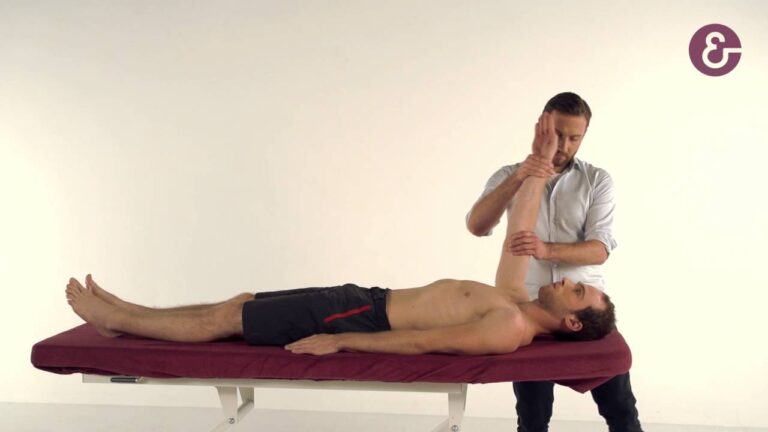
This special test is applied by to doctor or therapist for to check the impingement of shoulder . It is applied when to patient tell about to pain around to shoulder & any bone related problem is not to present . This special test is applied during to examination part of assessment . Mostly check…